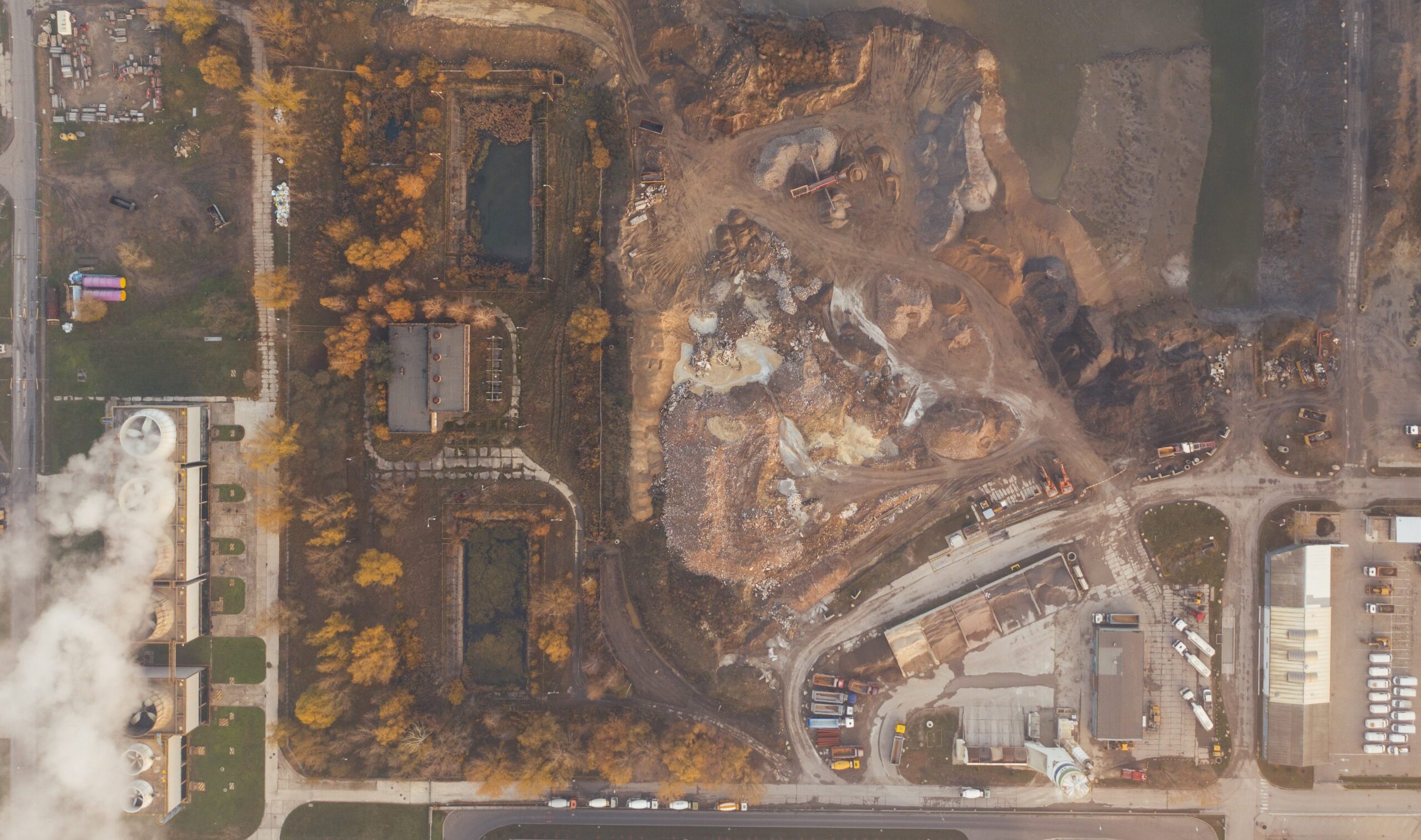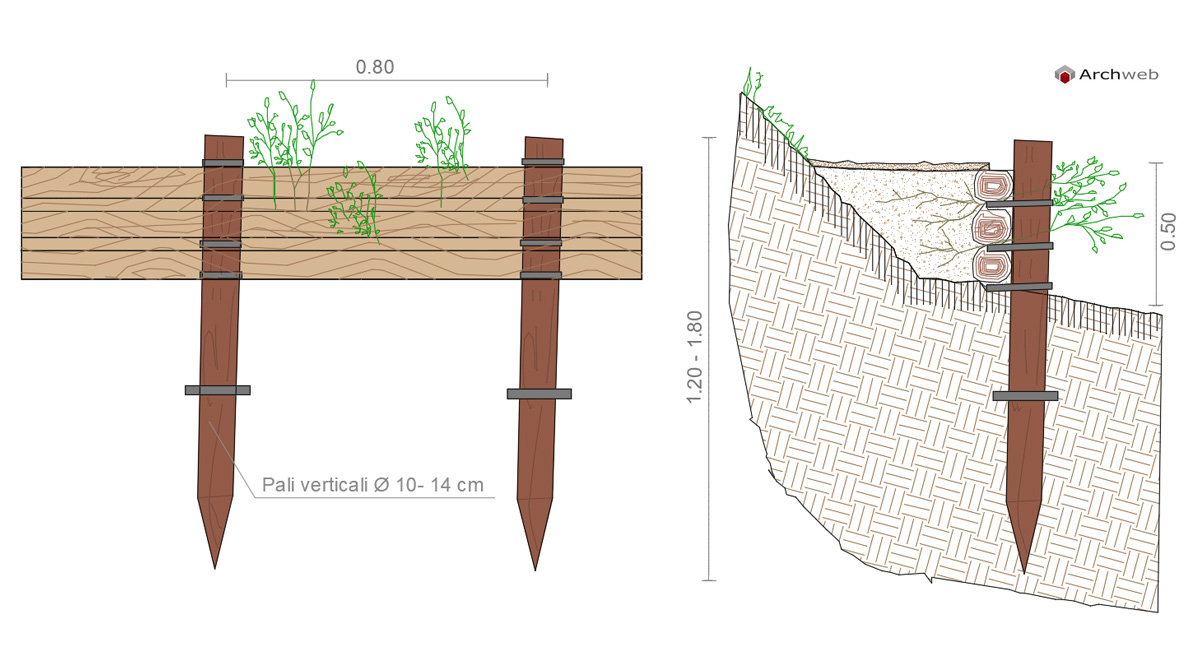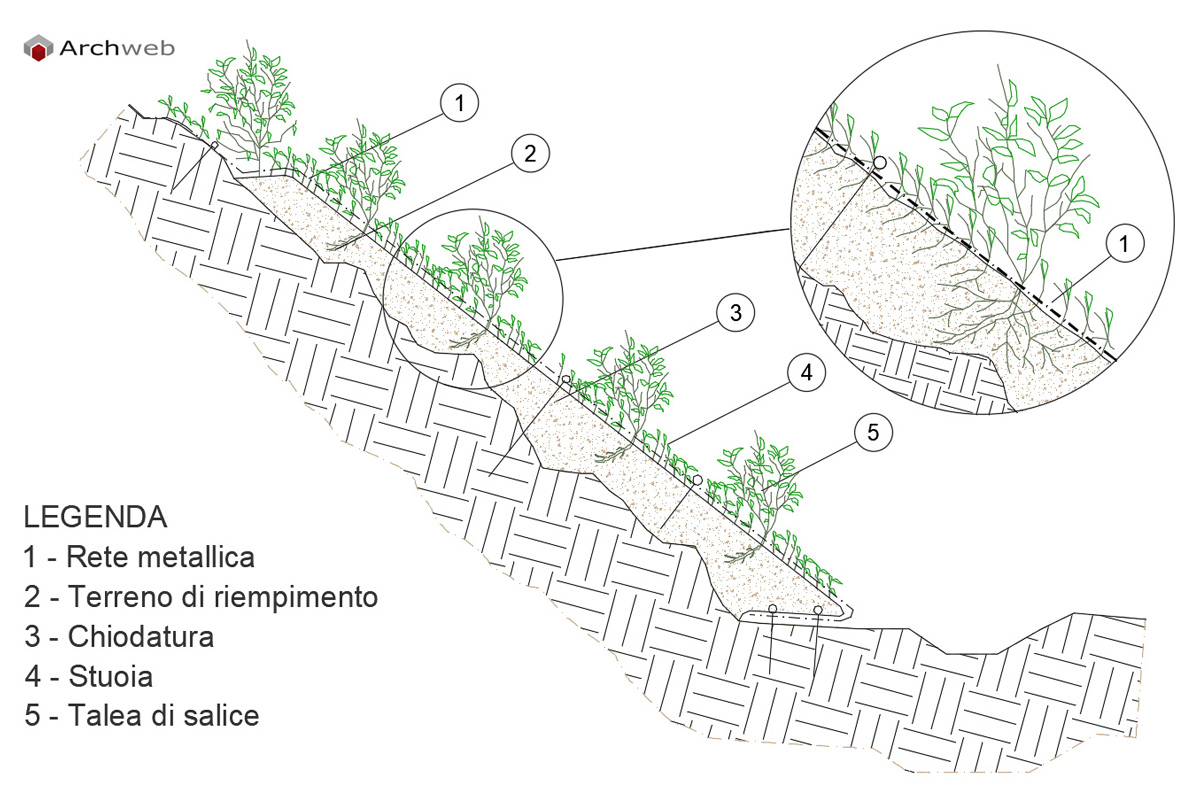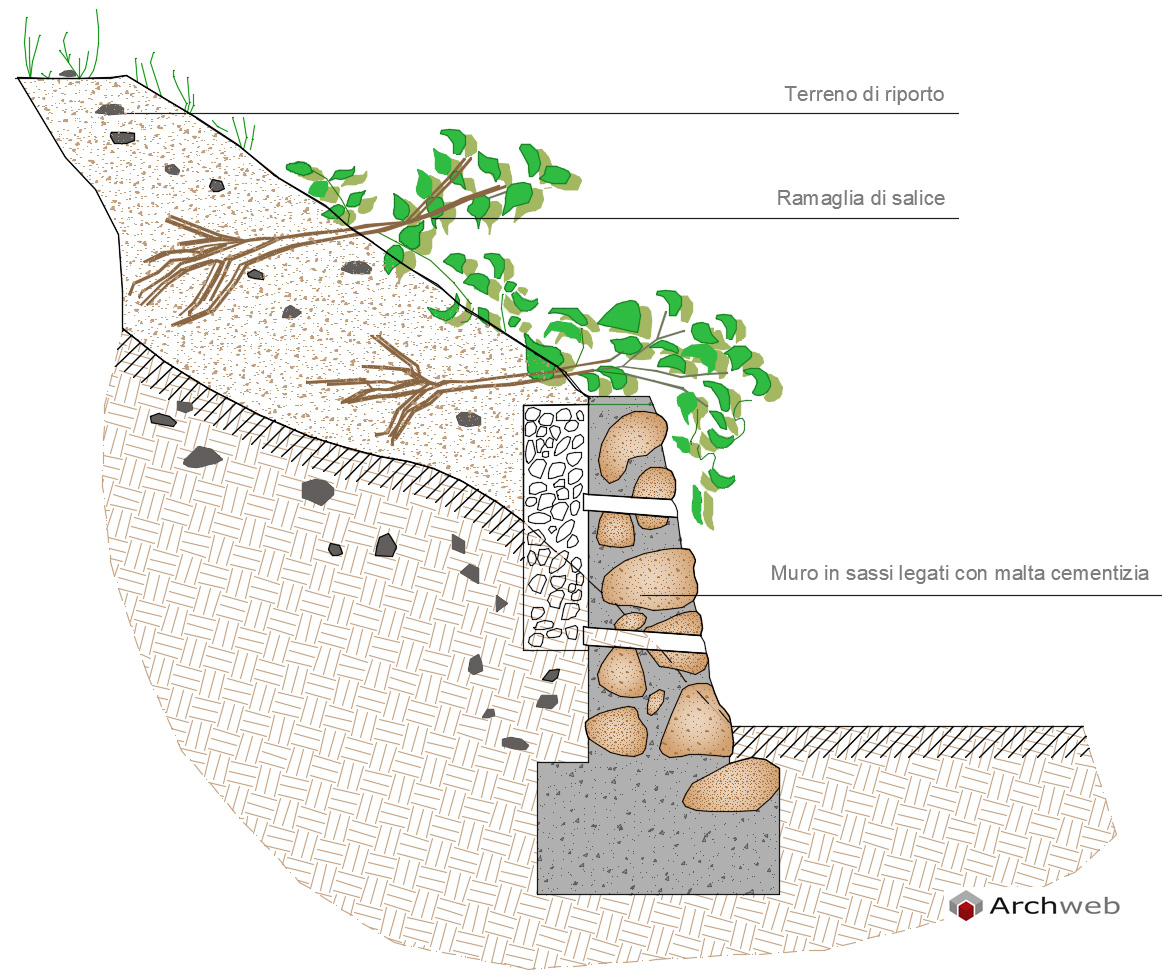Phases of the VIA application procedure
Environmental Impact Assessment

The Environmental Impact Assessment is a procedure that applies to both public and private projects that may have significant impacts on the environment and the territory. The objective of the EIA is to prevent the negative impact on the environment of the works to be carried out by creating a link with the territory while also involving the population concerned for the final decision.
The Legislative Decree 104. 2017 in reference to the rules for “implementation of European directives 2014.52. EU which amends directive 2011.92. UE relating to the planning of both public and private interventions, pursuant to articles 1 and 14 law no. 144. 2015, defines the rules of the procedure respects the following principles:
- simplification, harmonization and rationalization of environmental procedures;
- strengthening the quality of environmental impact assessment procedures;
- review and rationalization of the sanctioning system;
- revenues deriving from administrative sanctions which are used for activities related to the strengthening of environmental supervision and monitoring activities.
These principles have led to a revision of Title III, the second part of the Legislative Decree. 152. 2006 with the inclusion of procedures and changes to the annexes.
Scope of
The Single Environmental Provision (PUA) is generally required for subjects subject to an Environmental Impact Assessment (VIA) procedure under the jurisdiction of the state.
If the competence is attributed to the State, the competent authority is the Ministry of the Environment, Land and Sea (MATTM) and General Directorate for Environmental Assessments and Authorizations (DVA).
The technical investigation aimed at identifying the opinion on the basis of which the EIA opinion will be issued following the purchasing opinion of the Minister of Cultural Heritage and Activities of Tourism through the Technical Commission for Environmental Impact Verification – VIA and VAS (CTVA).
STEPS OF THE PROCEDURE
1. Submission of the application
The proponent sends the request to start the environmental impact assessment (DVA) procedure to the Directorate General for Environmental Assessments and Authorizations (VIA) using the appropriate form available on the environmental assessments portal.
https://va.minambiente.it/it-IT/ps/DatiEStrumenti/Modulistica
The following documentation must be attached to the request, also in digital format, prepared according to the technical specifications for the transmission and preparation of the same, for the EIA and SEA procedures pursuant to Legislative Decree 152/2006
- the technical-economic feasibility project (or any different level of design);
- the environmental impact study and the (non-technical) synthesis;
- information on any cross-border impacts of the project;
- using the appropriate form, post a public notice on the Environmental Assessment Portal. The form can be found in the “Technical specifications and forms” of the site;
- the value of the works to be carried out and the amount of the contribution paid pursuant to art.33 of Legislative Decree 152/2006 through the declaration in lieu of affidavit;
- copy of the receipt of payment of the contribution for the investigation costs;
- the response to any public debate procedure carried out (Legislative Decree 50/2016, articles 22).
In order to proceed with the initiation of an EIA procedure, in some cases it may be necessary to prepare and transmit additional documentation in relation to the specificity of the project:
- health impact assessment: it must be adopted in accordance with the decree of the Minister of Health such as for example for thermal power plants for regasification of liquefied natural gas, and thermal power plants or other combustion plants with thermal power exceeding 300 mw;
- plan for the use of excavated earth and rocks in accordance with the Presidential Decree 120/2017 article 9 and 5.
2. Preliminary administrative check
The person in charge of the procedure to whom the documentation sent by the proponent acquired by the DVA is assigned, carries out the administrative check on the validity of the request and the regularity of the attachments, including the payment of contributions for the investigation costs.
At the same time, the documentation in digital format and its relative compliance are verified for publication on the environmental assessment portal. The administrative verification takes place within 15 days of acquiring the application and the attached documentation.
3. Request and acquisition of additions for proceedability
In the event that the DVA finds incomplete documentation, it requests an integration from the proponent with the peremptory deadline for transmission set within 30 days from the date of publication on the Environmental Assessment Portal, the competent Authority. After this deadline, if the documentation is still incomplete, the application will be archived.
4. Start of the procedure, public consultation and acquisition of opinions.
Following verification of the completeness of the attached documentation, it is transmitted by the proponent and is immediately published on the environmental assessment portal. This is without prejudice to the right of the proposer to indicate in the application the documentation to be published, following the industrial secret protection in order to guarantee protection and confidentiality. At this point the DVA verifies the request and expresses a reasoned opinion.
At the same time as the publication of the documentation, the DVA, we have the communication via PEC of the publication of the relevant documents on the website of all potentially interested local administrations and bodies (district basin authorities, region, province, metropolitan city, etc..) . The communication of the transmission is also communicated to the proponent and to the CTVA for the start of the relevant technical investigation.
Publication of the notice by the proponent on its website in the EIA public notices section (https://va.minambiente.it/it-IT/Procedure/AvvisiAlPubblico)
The administrations concerned referred to in the previous point have the obligation to communicate on their website in the electronic register section. The date of publication of the notice to the public in the environmental assessment portal represents the start of the official procedure, for the purposes of the forfeiture of the terms of all subsequent phases for the adoption of the EIA provision. The terms are to be considered peremptory pursuant to law 241/1990 and subsequent amendments inherent to the administrative procedure.
Anyone holding a public interest can submit their observations to the DVA according to the methods indicated on the portal in the submission section (https://va.minambiente.it/it-IT/ps/Procedure/InvioOsservazioni), no later than the deadline 60 days from the date of publication of the notice.
Within the same deadline, the opinions of the administrations of the public bodies involved in the initiation procedure are acquired by the DVA electronically.
For the deadline, all relevant information, technical documentation, observations and opinions received are accessible via the “procedures” or “research” section.
5. Proposer’s counterarguments, requests for acquisition of additions, publication of new notice, new consultation.
Following the public consultation phase, the process includes several ordinary phases:
Counterarguments
The proponent can submit its counterarguments and observations to the DVA within 30 days of the next public consultation phase.
Request for additions
If the proponent submits counterarguments, after this deadline, within the following 30 days, upon proposal from the CTVA, the DVA may request additions to the documentation presented by the proponent.
The request for integration and modifications can be submitted only once during the entire procedure.
The same additions sent by the proposer cannot exceed 30 days from the date of the request by the DVA.
The application is archived if the proponent does not submit the integration documentation requested by the DVA within the deadline established in the communication.
Suspension
Suspension can be requested or granted only once for the entire procedure; the proponent can also, with adequate reasons, request the suspension of the deadlines for the presentation of the supplementary documentation within 180 days. Once this deadline has elapsed, if the documentation has not been received in time, the filing of the application will be concluded.
New publication and new consultation
If the CTVA and/or the DVA deems the reasons positive, and that the changes or additions made to the documentation are relevant for the public interest, within 15 days from the date of receipt of the documentation, with a specific communication to the proponent, it will send the new notice within 15 days from the date of receipt of the communication, the notice will subsequently be published on the site.
This public consultation phase is followed by counterarguments and observations on the opinions received; it then transmits the new notice within 15 days from the date of receipt of the communication and this notice will then be published on the environmental assessment portal.
Following this new publication, we will proceed with the acquisition of observations and public consultation for a period of 30 days, relating only to the changes and/or additions made by the integrated documentation project documents.
6. Evaluation, opinion of the CTVA – Provision scheme
Following the points indicated above and on the correct regularity of the procedural process, the Environmental Impact Assessment Commission VIA-VAS (CTVA) proceeds to carry out the technical investigation to verify the environmental impact on the project.
The opinion of the CTVA is approved in the assembly and sent to the DVA which prepares the VIA provision scheme to be submitted for signature by the Ministry of the Environment and Protection of the Territory of the Sea for subsequent authorisation.
The opinion on the proposed VIA provision scheme must be concluded within 60 days of the deadline for public consultations.
In the event of further particularly complex investigations and assessments, the DVA may provide additional time for investigations and procedures not exceeding 30 days, in this case it will promptly communicate the extension of the deadline to the proponent via certified e-mail, inserting the appropriate motivations and reasons, also specifying the deadline within which the VIA procedure will be issued.
7. Adoption of the VIA provision
The Minister of the Environment and Protection of the Territory of the Sea shall adopt the provision within 60 days of acquiring the outline of the provision prepared by the DVA, after obtaining the agreement of the Ministry of Cultural Heritage and Activities and Tourism which must be returned within 30 days of the request by the DVA.
Once this deadline has elapsed, at the request of the proponent or the ministers concerned, the provision is submitted to the decision of the Council of Ministers which expresses its opinion within 30 days.
The provision is immediately published on the environmental assessment portal in the provisions section (https://va.minambiente.it/it-IT/Procedure/Provvedimenti)
The phases of carrying out the VIA procedure involve the preparation of an environmental report; o carrying out consultations; the definition and approval of the plan on the basis of the environmental report and consultations; information on the decision taken; the activation of a monitoring system to control the environmental effects produced by the implementation of the plan.
Benefits
One of the main aspects of the constant increase in awareness of the issue inherent to the environmental issue is the search for a constant improvement in the quality of life by providing a cognitive framework that is as complete as possible for the benefit of the protection and mitigation of damage through timely planning and prevention intervention.
Relations between citizens and administrations are improved through involvement in the evaluation of procedures with the proposing parties.
Management and authorization processes are improved, facilitating the identification of alternative sustainable development procedures/options.
Subjects involved and sectors of application
The subjects involved with regards to VAS and VIA involved in the application of projects, plans and programs are public bodies such as Regions, Provinces and Municipalities, with the exception of the body’s structures.
Usage limits
The limitations of using the VAS are mainly qualitative and the effort is to identify indicators for calculating the incidence. To overcome the limit, ISPRA publishes a catalog of obiettivi-indicatori for the evaluation of the environmental context.
References:
va.minambiente.it, insic.it, ingenio-web.it, sinanet.isprambiente.it, treccani
Cover photo: Marcin Jozwiak on Unsplash



































































